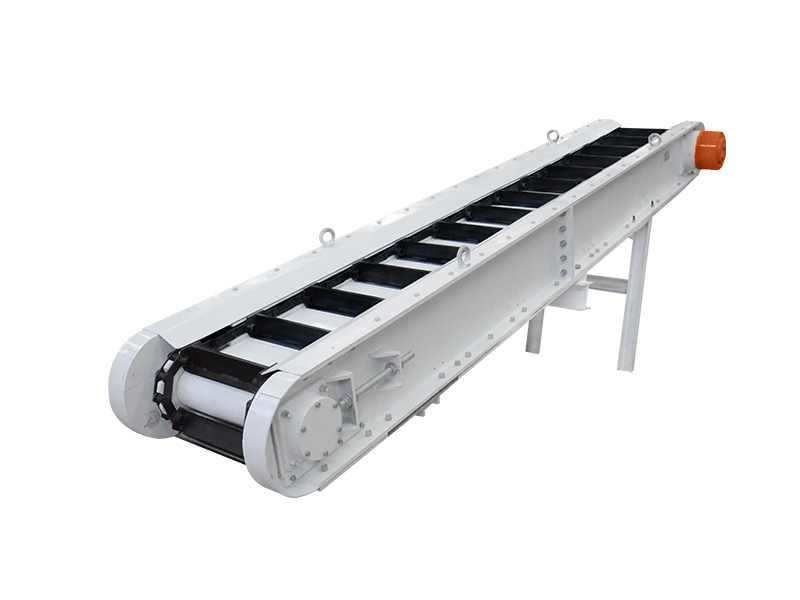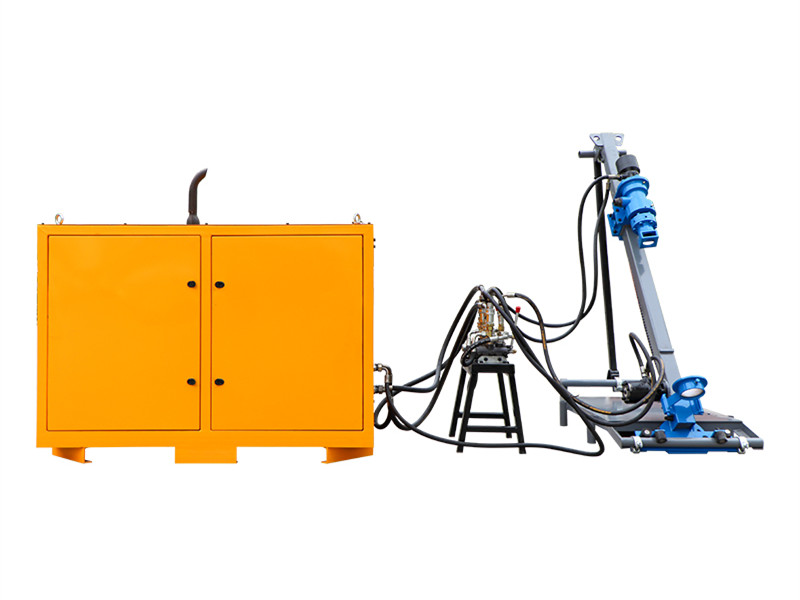Foam concrete of density between 600 - 800 kg/m³ is used for void filling, such as in landscaping (above/underground construction), filling voids behind archways and refurbishing damaged sewerage systems, as well as producing masonry units. Foam concrete is extremely flowable and easily pumped; it completely fills even the tiniest voids. Rather than spending time and money for excavation and removal of underground structures, foam concrete can provide a simpler more economical solution for abandonment of sewers, tunnels, and underground tanks, and naturally occurring voids.
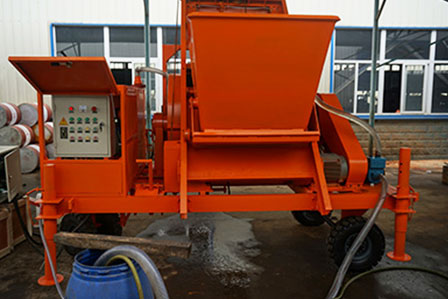
For example:
1.It was required to infill a number of disused fuel tanks in a depot of waste and recycling contractor in south London. Around 500 cubic meter of foam concrete with a cast density of 550kg/m3 at a 28 day compressive strength of 2N/mm2 was used to infill the tanks
2. Culvert fill:
A project in South Dakota USA was carried out in 2000 where it had become necessary to replace an existing bridge structure with a super span steel plate bridge culvert to be back filled with soil. Original granular backfill has caused settlement to the footings and hence distortion of the structure. It was decided to remove the original fill and replace with lightweight 500-kgs/m3 density foam concrete.
3. Subway infill:
These pictures show a project in Milton Keynes, UK, where a network of six pedestrian subways was required to be in filled with lightweight foam concrete. The mix specified for this contract was an 800 kg/m3 density, 8 N/mm2 compressive strength at 28 days.
4. Tunnel infill:
The arched tunnel - built in the 19th century as part of a cement works - measured 5.0 meters high and 4.5 meters wide. The foam concrete was required to be pumped some 300 meters away. The project was completed over seven days using foam concrete with a 350 - 400 kgs/m3 cast density and a 28 day compressive strength of 0.5 N/mm2.
LD2000 is our most hot sale high capacity foam concrete machine. The maximum capacity is 30 m3/h. not only for void filling, but also can be used for making wall, floor, pre casting, road construction and so on.
1.It was required to infill a number of disused fuel tanks in a depot of waste and recycling contractor in south London. Around 500 cubic meter of foam concrete with a cast density of 550kg/m3 at a 28 day compressive strength of 2N/mm2 was used to infill the tanks
2. Culvert fill:
A project in South Dakota USA was carried out in 2000 where it had become necessary to replace an existing bridge structure with a super span steel plate bridge culvert to be back filled with soil. Original granular backfill has caused settlement to the footings and hence distortion of the structure. It was decided to remove the original fill and replace with lightweight 500-kgs/m3 density foam concrete.
3. Subway infill:
These pictures show a project in Milton Keynes, UK, where a network of six pedestrian subways was required to be in filled with lightweight foam concrete. The mix specified for this contract was an 800 kg/m3 density, 8 N/mm2 compressive strength at 28 days.
4. Tunnel infill:
The arched tunnel - built in the 19th century as part of a cement works - measured 5.0 meters high and 4.5 meters wide. The foam concrete was required to be pumped some 300 meters away. The project was completed over seven days using foam concrete with a 350 - 400 kgs/m3 cast density and a 28 day compressive strength of 0.5 N/mm2.
LD2000 is our most hot sale high capacity foam concrete machine. The maximum capacity is 30 m3/h. not only for void filling, but also can be used for making wall, floor, pre casting, road construction and so on.


.jpg)
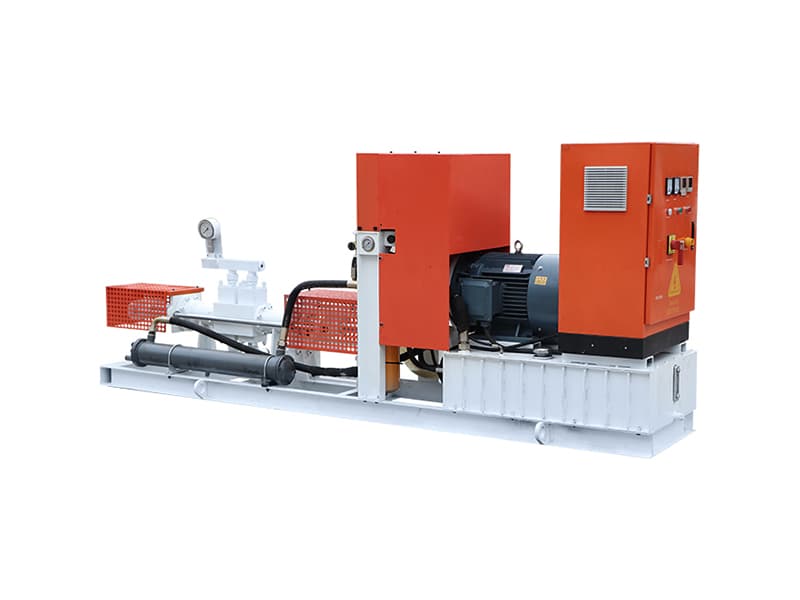
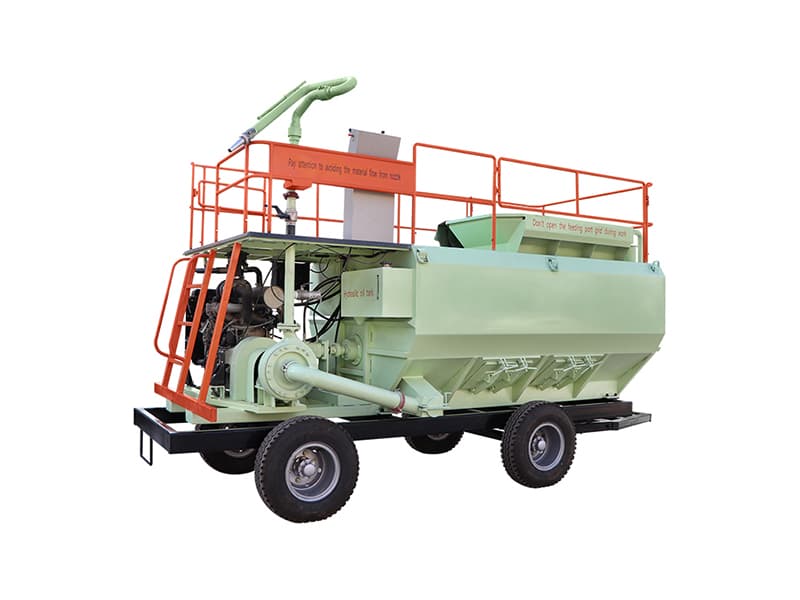
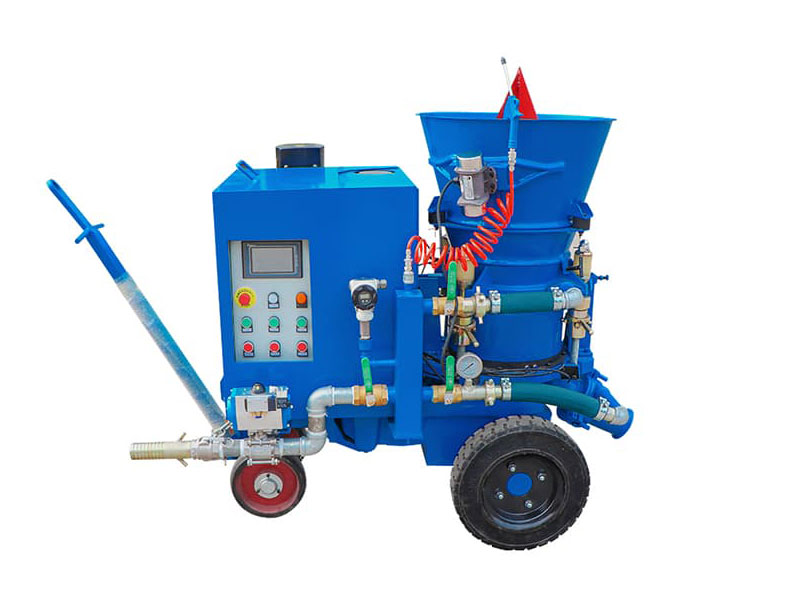

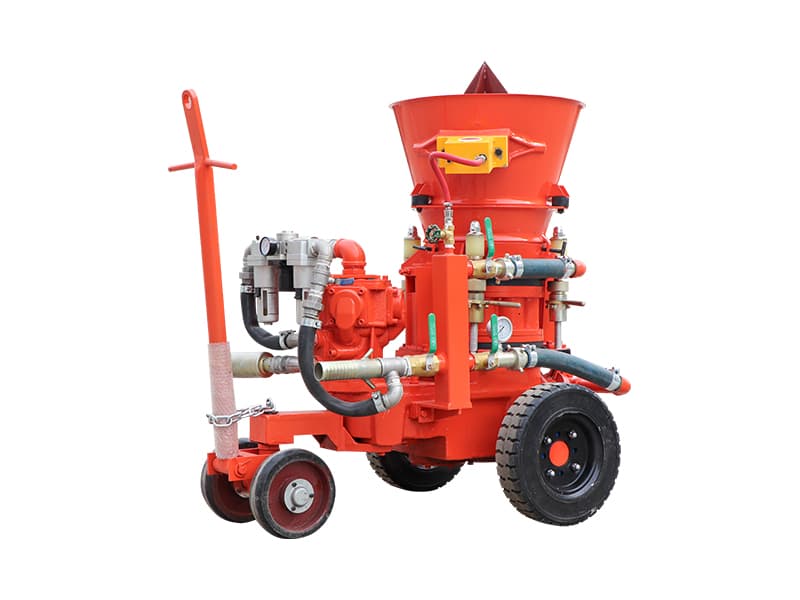
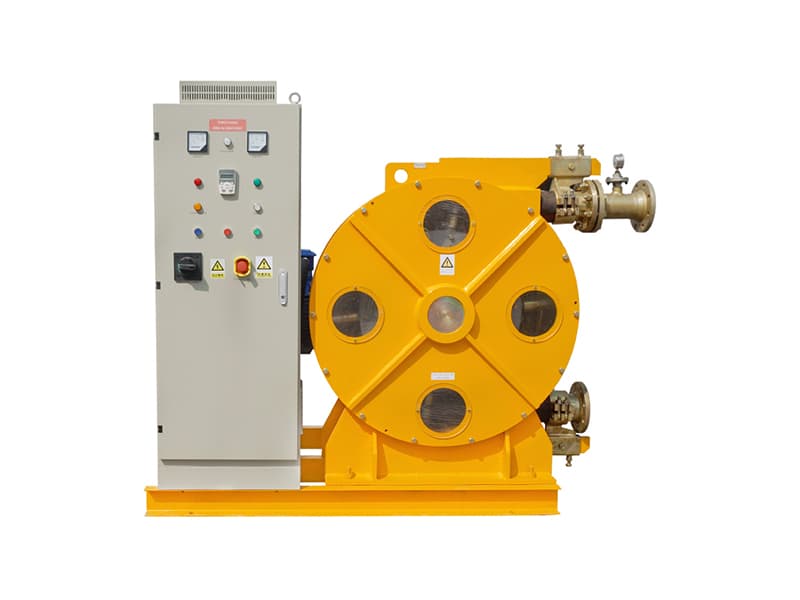
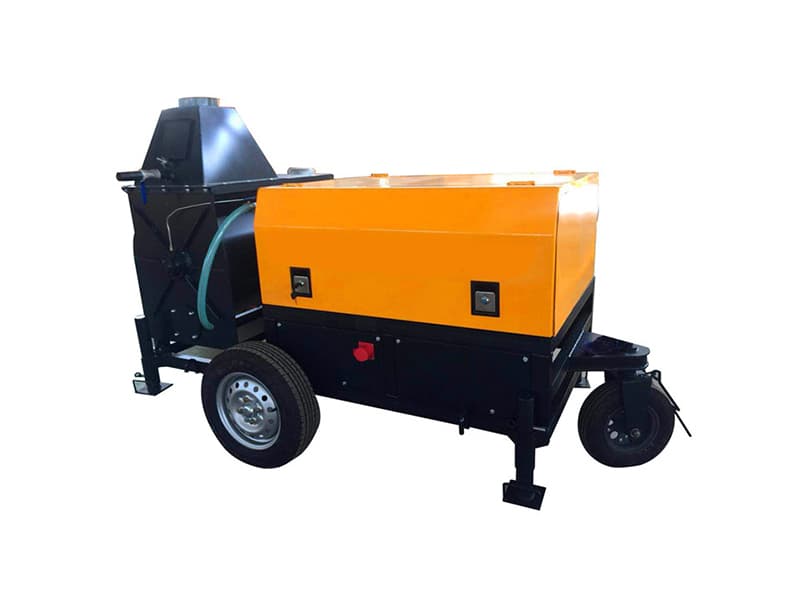
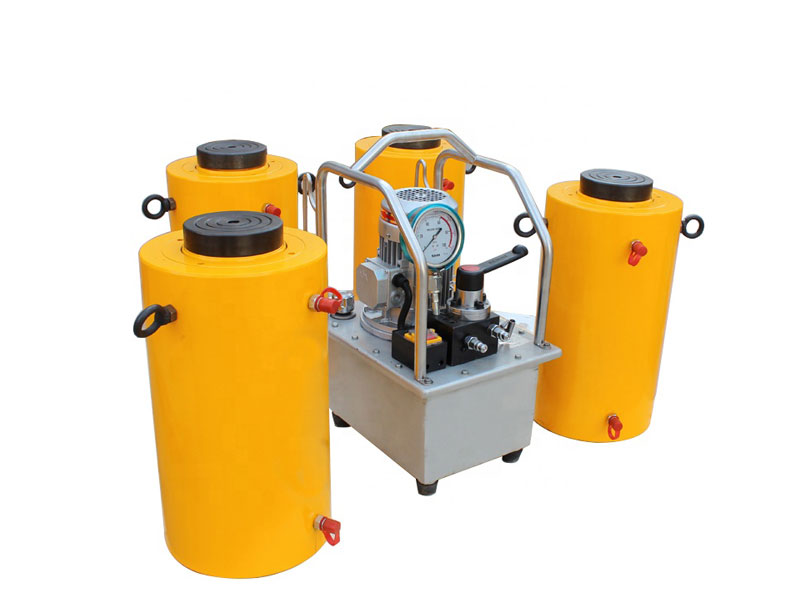
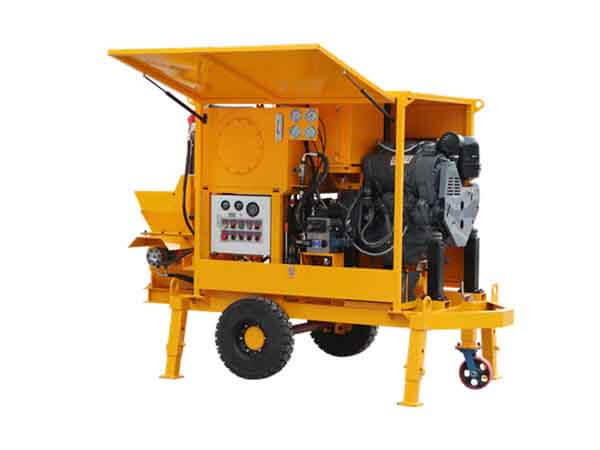
.jpg)

